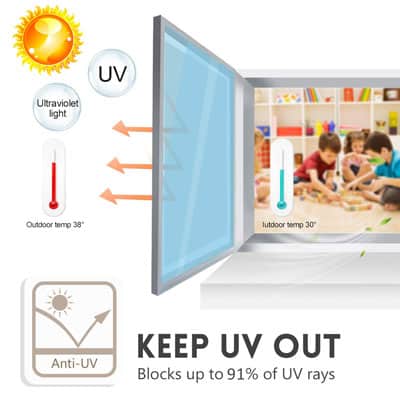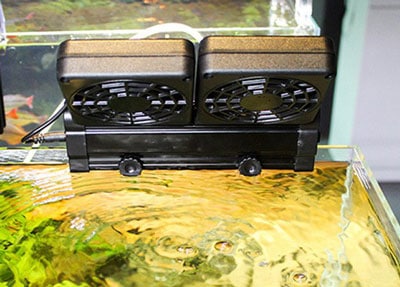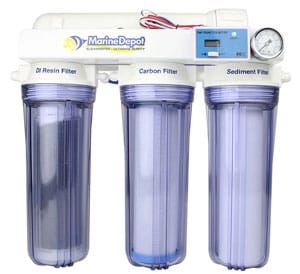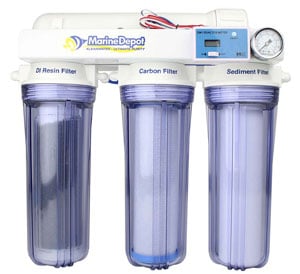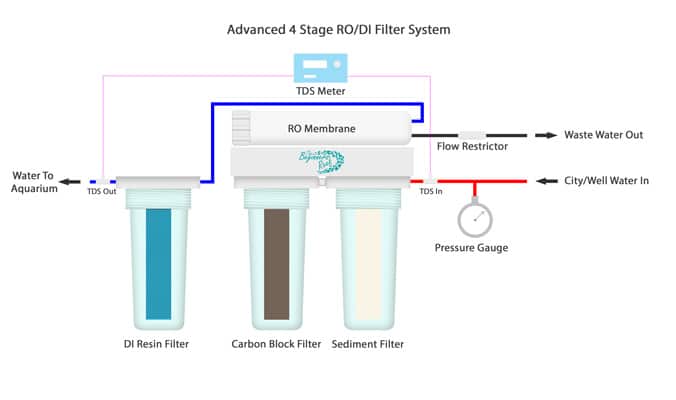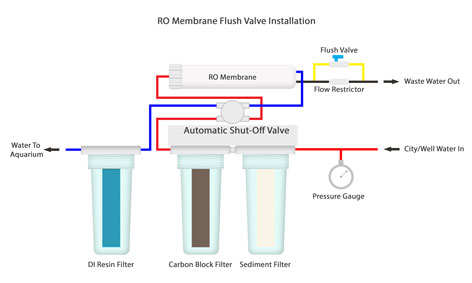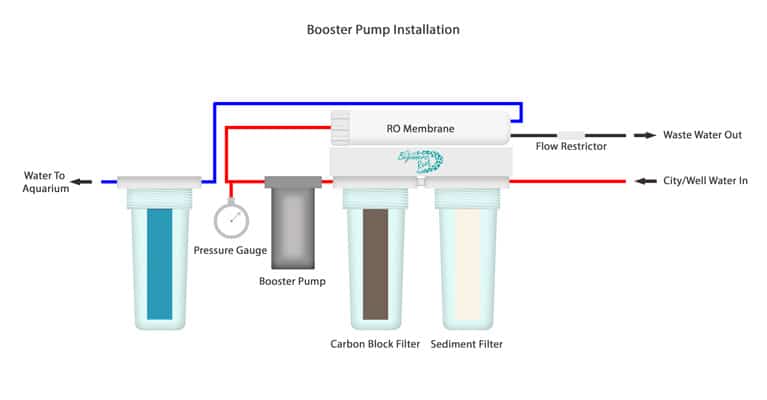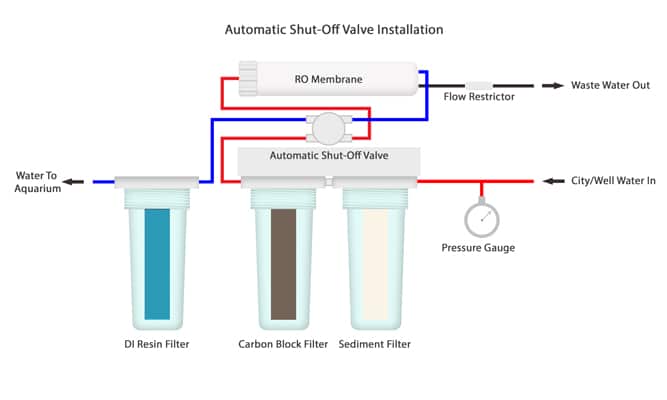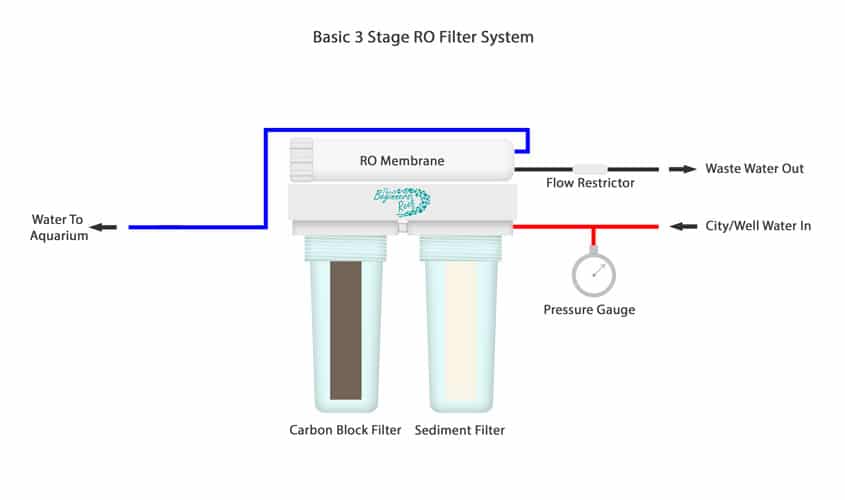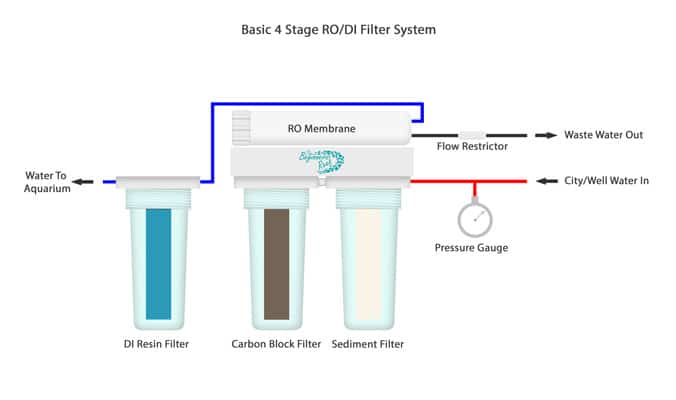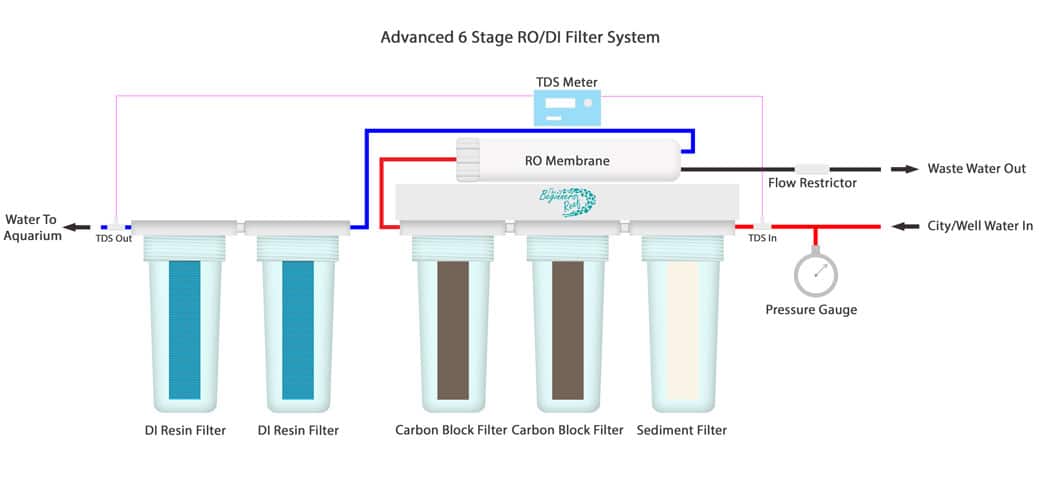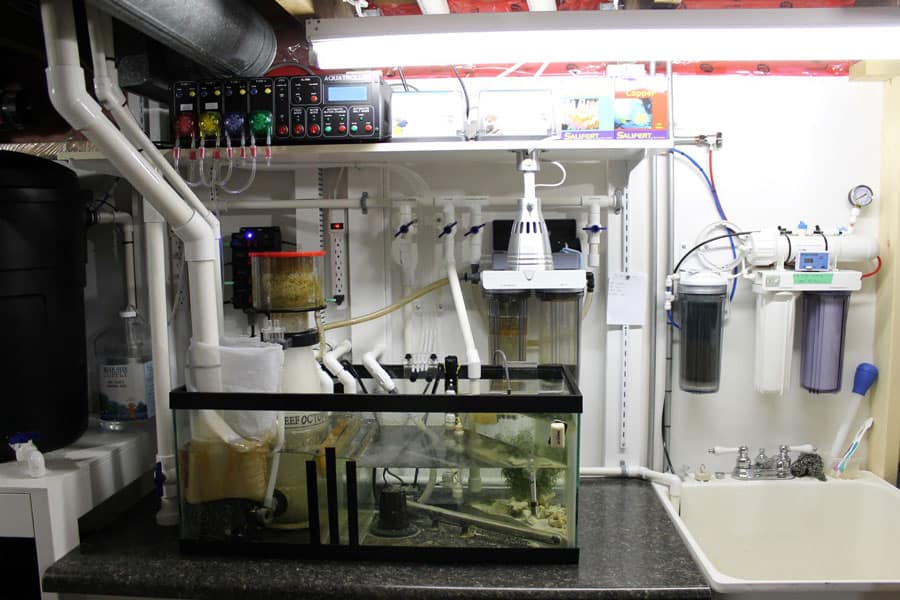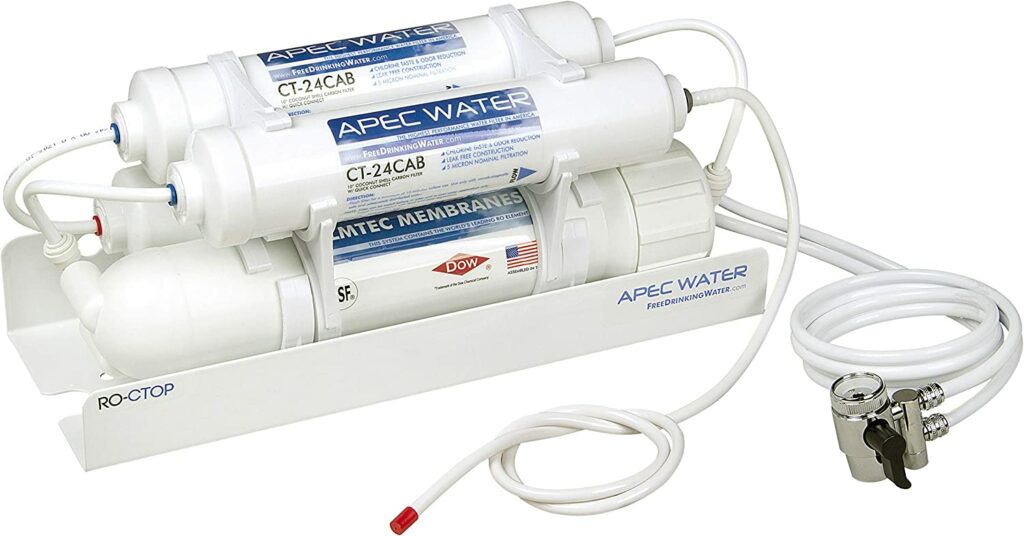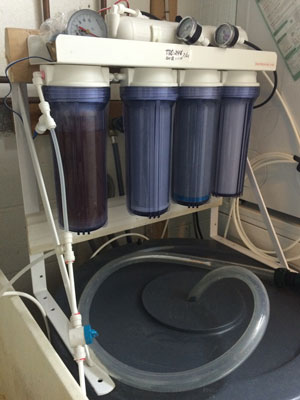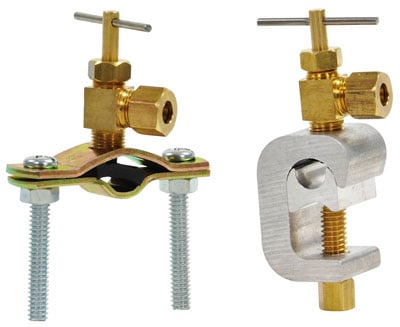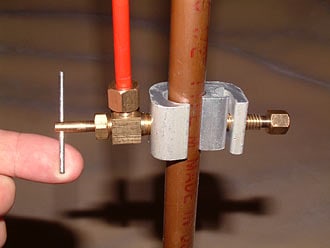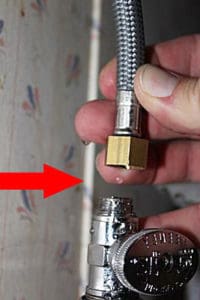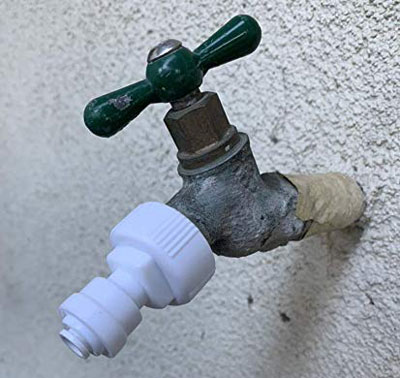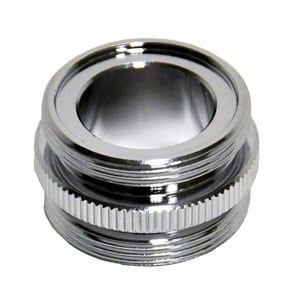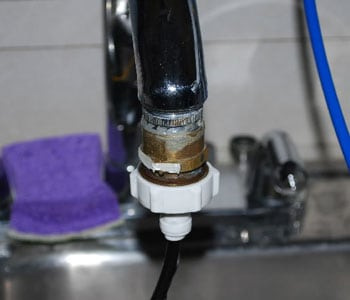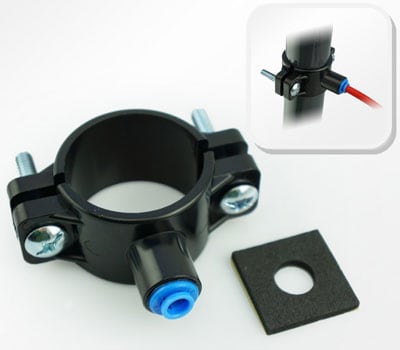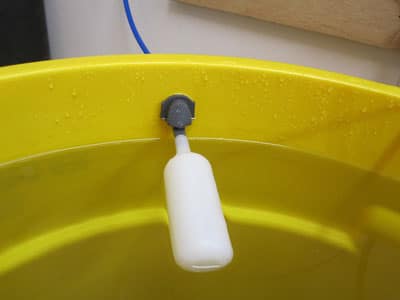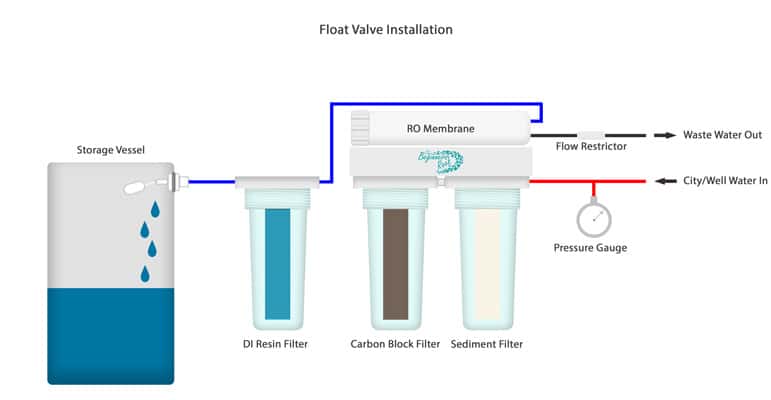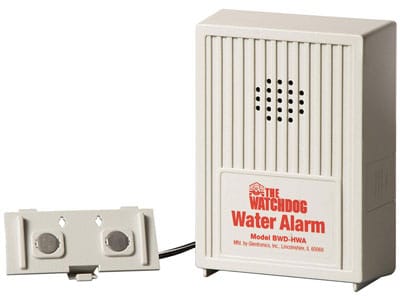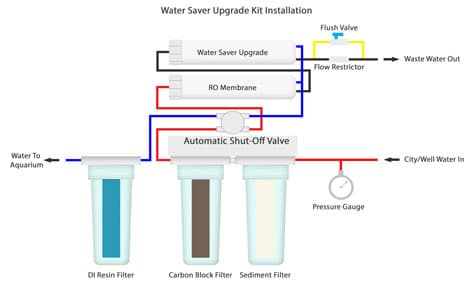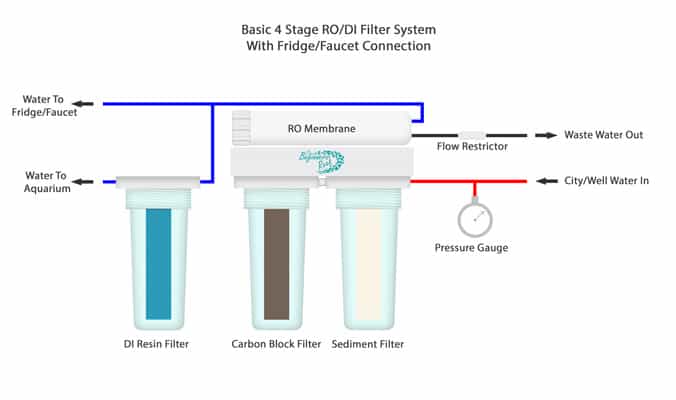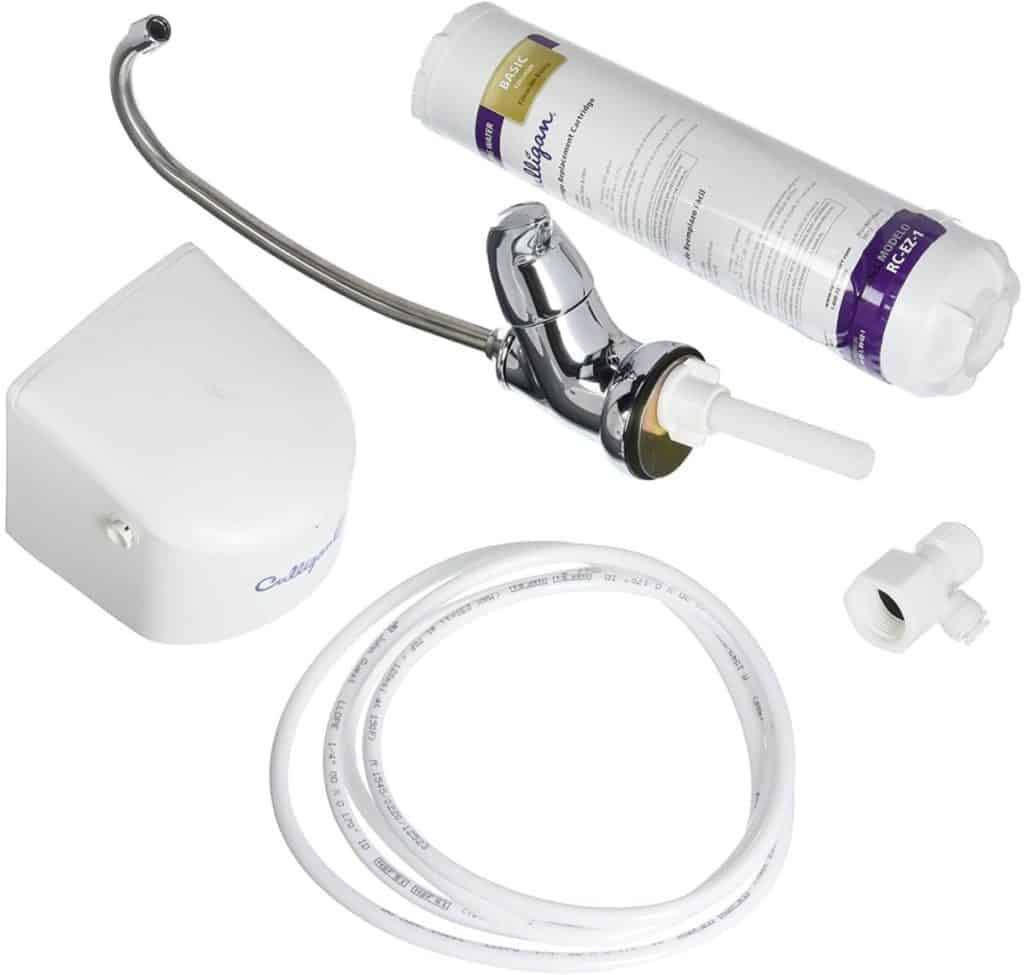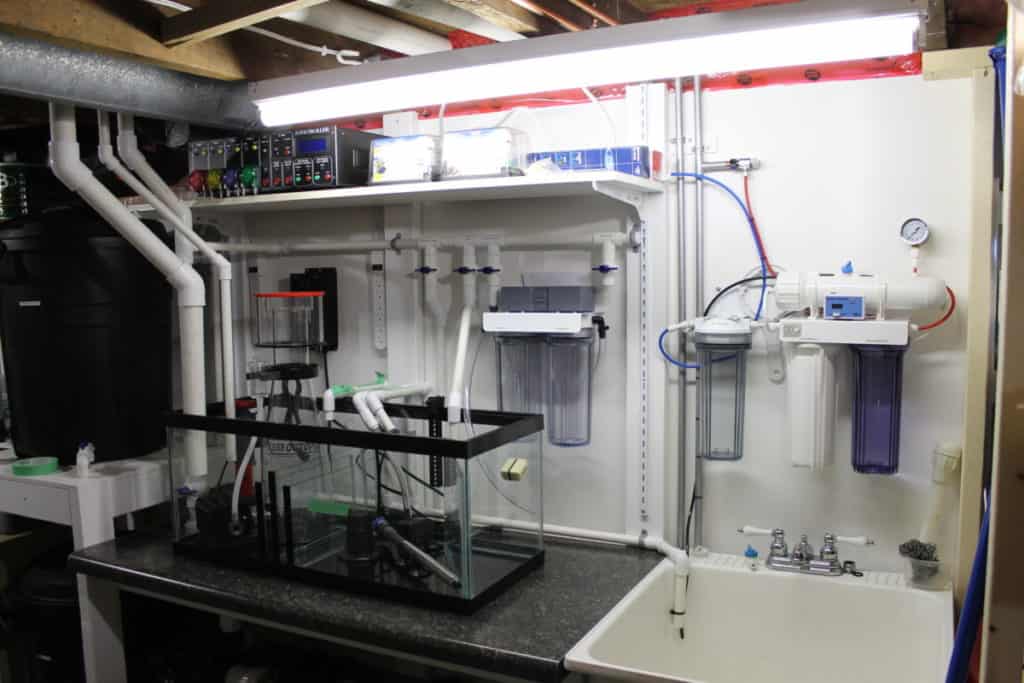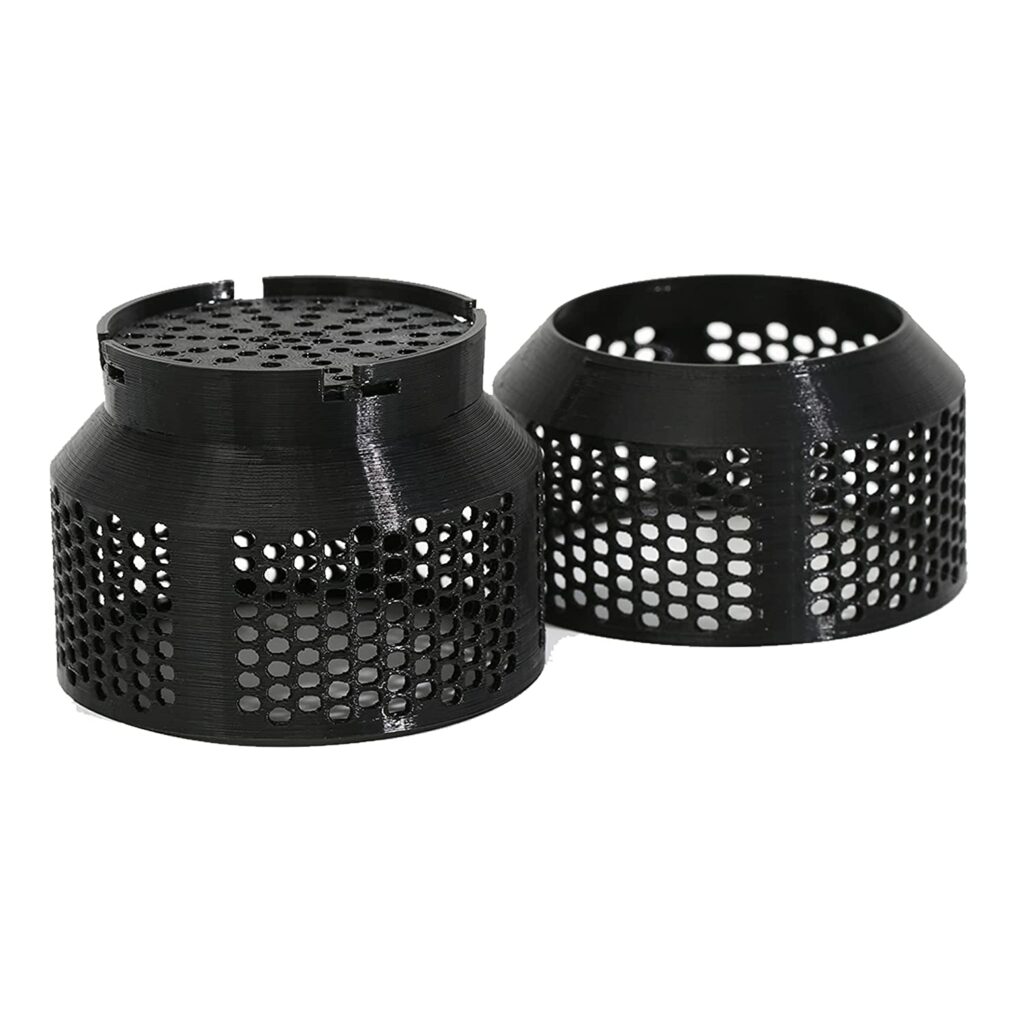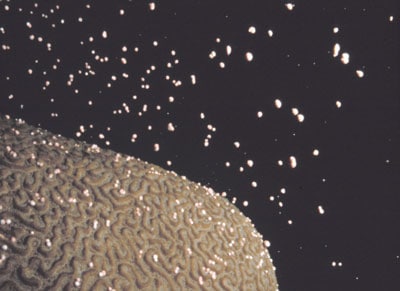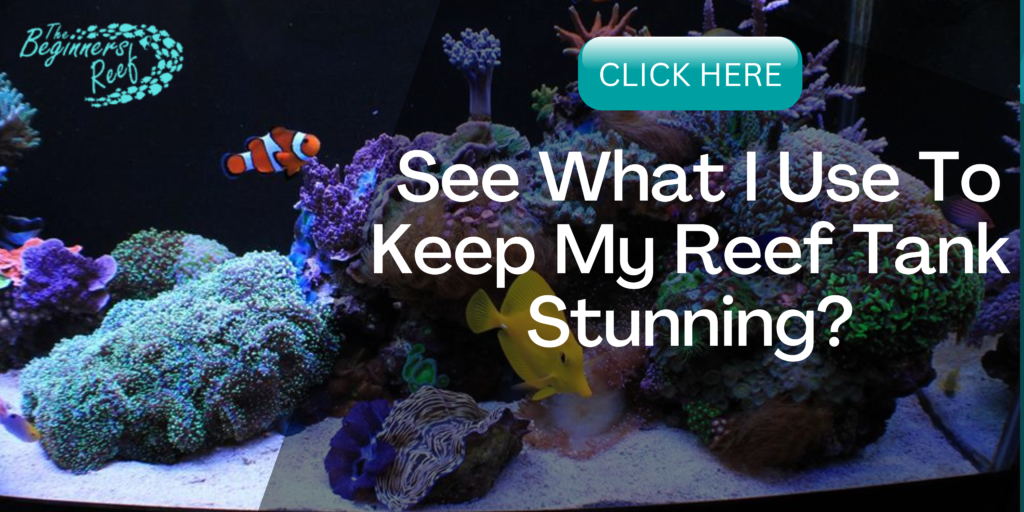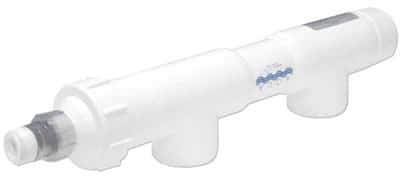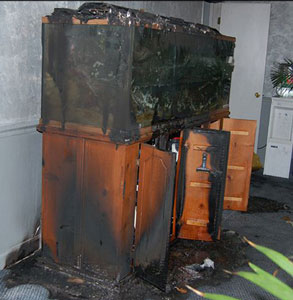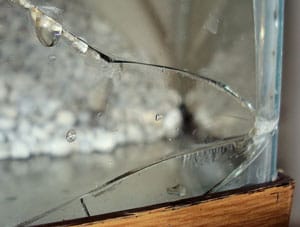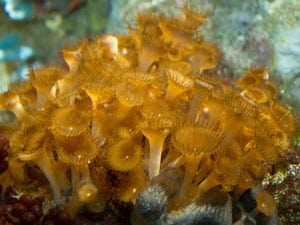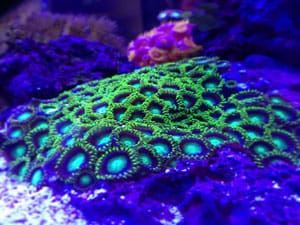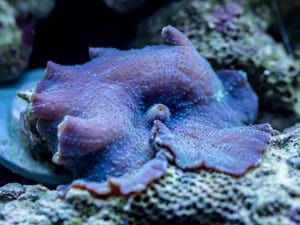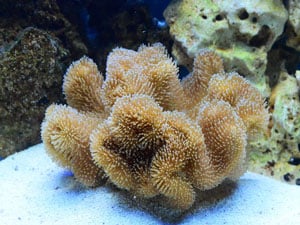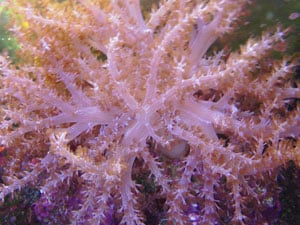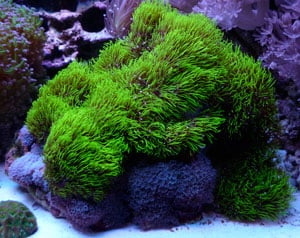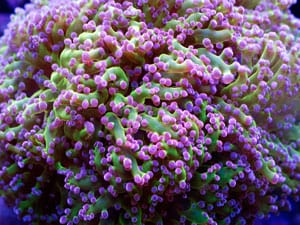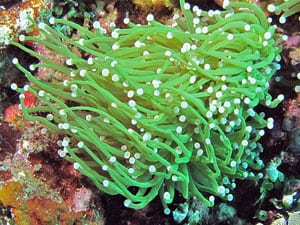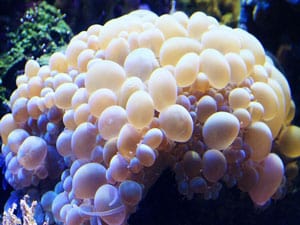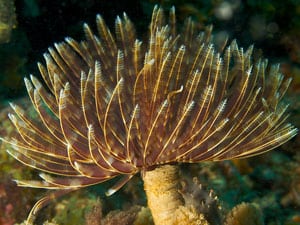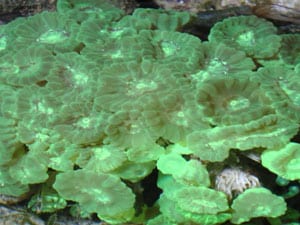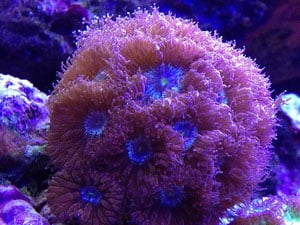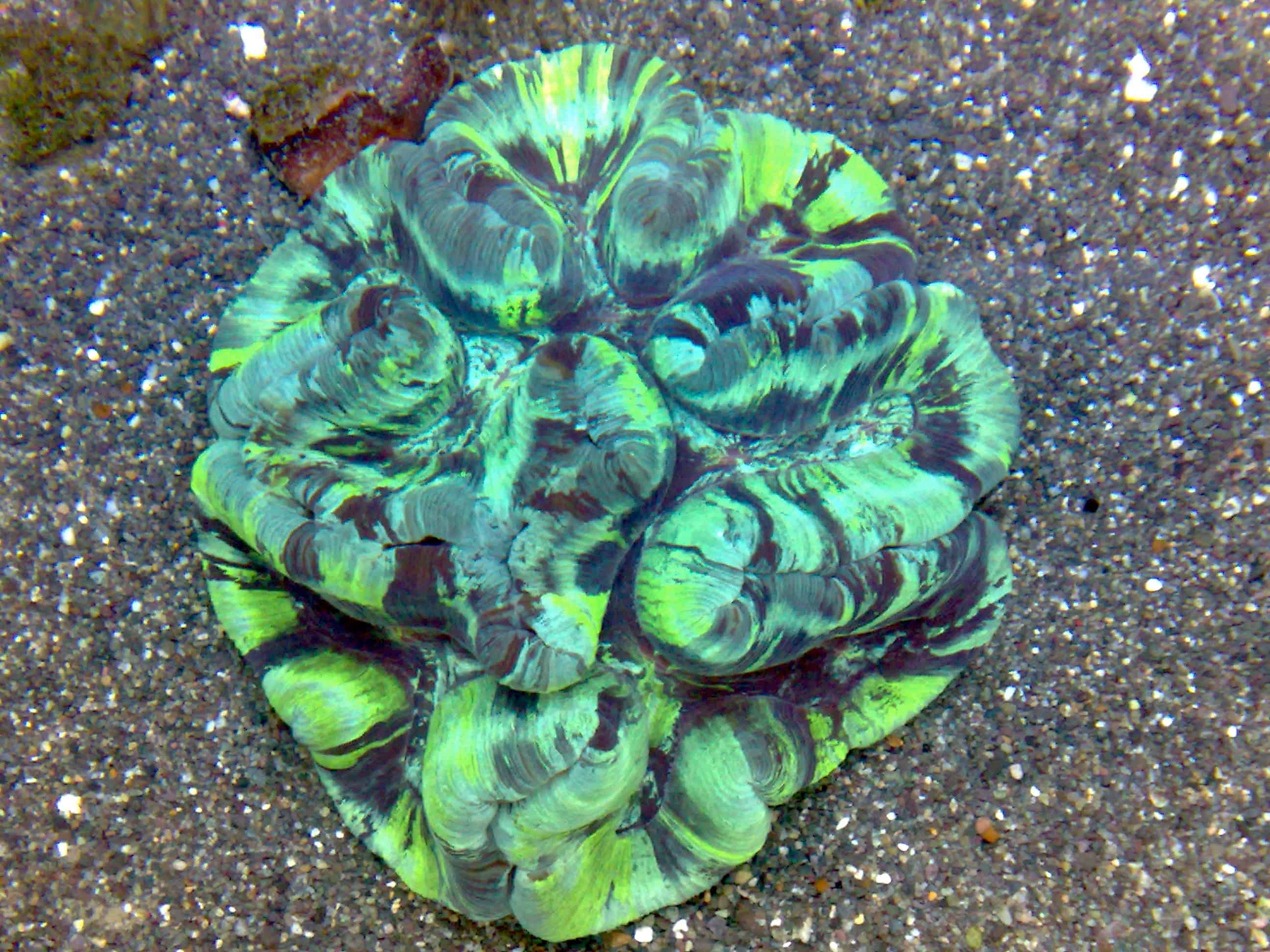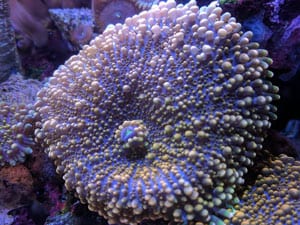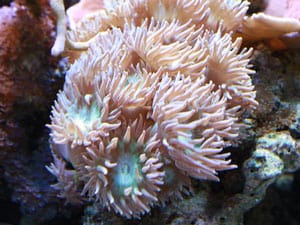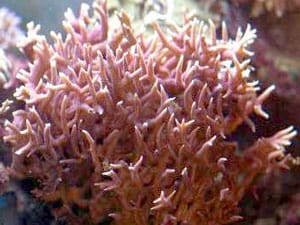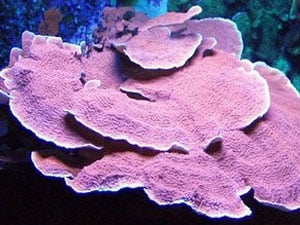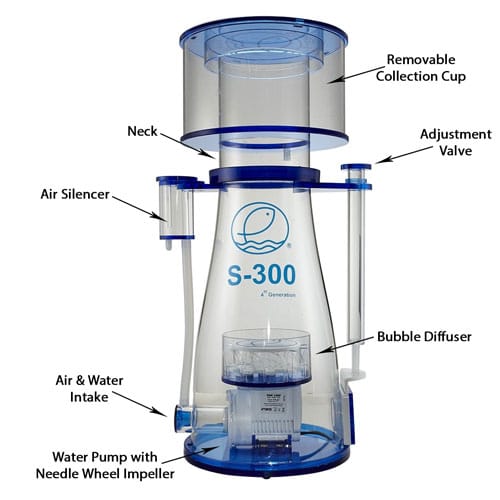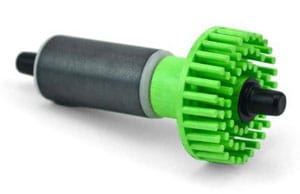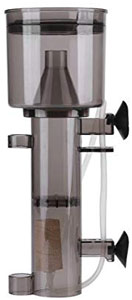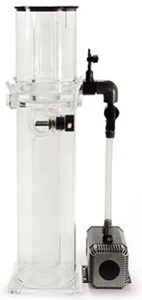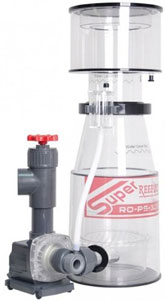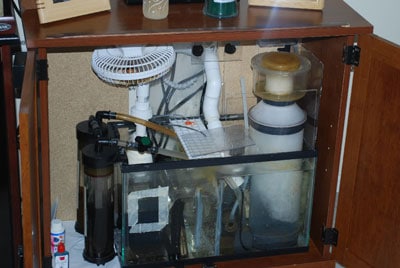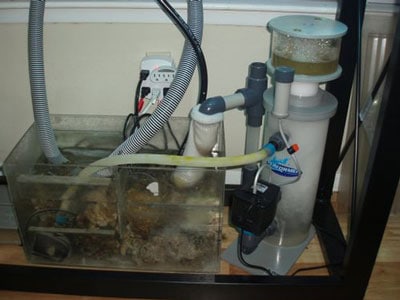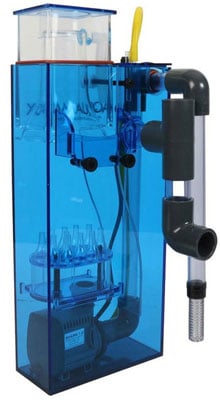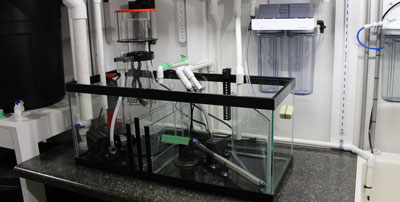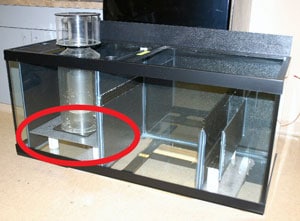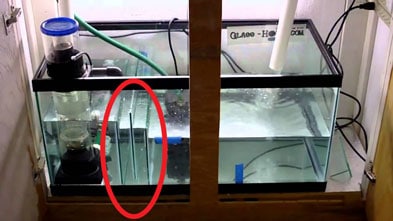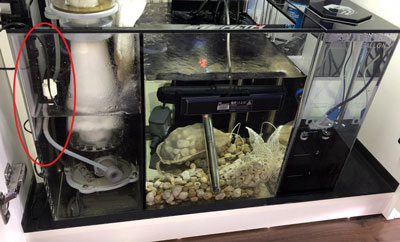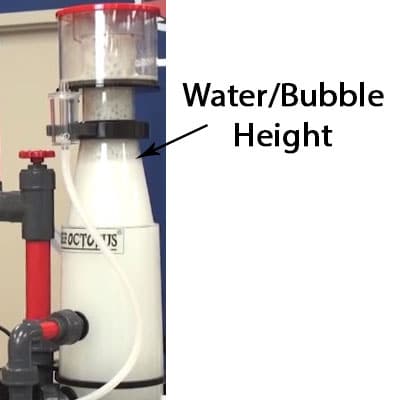Are you entering into summer and the temperature in your aquarium is beginning to get too high and cause your livestock some discomfort?
It happens to us at some point and we have to take preventative measures to keep it in check.
This collection of 16 Tips For Safely Cooling Your Aquarium gives you some cheaper, temporary options all the way up to some more expensive and permanent solutions. Depending on your aquarium, one of the cheaper tips may work, for others, you may have to spend some money.
Ways To Safely Cool An Aquarium Are:
- Close window blinds
- Install UV reflective film on windows
- Open the aquarium canopy
- Fish-Only Aquarium: Keep the lights off
- Offset the lighting period
- A fan blowing across the water surface
- Float bottles of ice
- Install an aquarium chiller
- Window AC unit
- Open windows to create a breeze
How Do You Diagnose a Warming Aquarium?
Before diving in head first into spending money and effort in cooling your aquarium, we first need to diagnose the problem. Just because the room is warm does not mean that is the culprit!
Here are a few things to check before we know its the ambient air temperature causing our fishy friends some discomfort:
- Check your thermometer is reading correctly. As a hobbiest, you should be in the habit of touching your tank every time you walk past. This will give you a good indicator over time of what it should feel like.
- Test with a glass thermometer if you suspect the digital one is off.
- Ensure the temperature probe has not come out of the water and is giving you an incorrect reading.
- Ensure the heater is not stuck in the ‘ON’ position. Older heaters without digital control can weld the switch together and prevent it from turning off.
Smaller aquariums will warm and cool quicker than larger aquariums which will make them fluctuate faster. However, larger aquariums take longer to heat up, thus it will take longer to cool them down.
Is Ambient Heat Causing Your Aquarium Temperature To Rise?
Now we know for sure its the surrounding air temperature that is our culprit, let’s look at 16 more Tips on how to safely get your tank cooled down to its normal operating temperature.
For more information on recommended water parameters, check out my guide HERE…
Cheaper Options:
1. Keep Window Blinds Closed
If the room in which your aquarium is in gets the sun all day, try keeping the blinds/drapes/curtains closed all day. The heat radiated into the room from direct sunlight will soon raise the temperature.
By keeping the blinds and windows closed, it can make a significant difference to the temperature of that room over the course of the day.
2. Install Reflective Window Film/Insulating Blinds
To go one step further with your window coverings, you could install a special reflective film on your window that helps reflect the suns rays and prevent a good portion of them penetrating into the room.
You can also find insulating curtains and blinds that help to reflect the sun’s rays. Both come in many forms to suit every home and window size.
You can view some great examples HERE at Amazon.com
3. Open The Aquarium Canopy
Just like opening the sunroof in your car, opening the canopy of your aquarium can drastically reduce the temperature of your water.
Because heat rises, it can now escape into the surrounding air and disperse. The air trapped between a canopy lid and the surface of the water can get really warm, especially if you are using Metal Halide lights. This pocket of air is just going to heat the water when it’s trapped.
Be aware that opening the canopy will also increase evaporation so be sure to keep your aquarium topped off or your ATO vessel full every day!
If you are unsure about ATO’s you can read my article HERE on Automatic Top-Off systems.
4. Fish Only Aquarium – Keep The Lights Off
Lights, even LED’s radiate heat into your water. Metal Halides are by far the worst, but if you are running a fish only aquarium I don’t imagine you will be running MH’s!
Fish do not need light to live, most corals do however. You can keep your lights off during the day and then place them on for a few hours in the evening when you are relaxing. The fish do not care!
5. Coral Aquarium – Offset Your Lighting Period
If you have a coral aquarium you could look at reducing your lighting period a few hours or even moving your lighting period to run later in the evening when it’s cooler.
If your corals need 8-10 hours, there is no problem by offsetting your lighting period a few hours each week and have the lights on from 6pm to 4am! Just be sure to move the offset by no more than 30 min/day.
You could start this adjustment early in the summer in anticipation for the hotter months, then move it back once your hotter months are ending.
6. Pedestal Fan
The power of evaporative cooling can lower the temperature of your water by as much as 5°F, depending on the size of your aquarium. The strong airflow over the surface of your water increases evaporation and thus removing heat as the water evaporates.
There are two fairly small downsides to this method:
- You have to be home to set up the fan in the first place
- Your water level will considerably drop from evaporation, so you will need to ensure your aquarium or ATO vessel stay topped up.
Even with the small inconveniences, this solution is a very simple and viable option for most aquarium owners!
7. Open Windows/Doors To Get A Through Breeze
Do you live in a high rise condo or out on the prairies and have a nice, strong breeze during the day? If so, you could look at leaving some windows open to create a wind tunnel in your home.
Just as using a pedestal fan, a good natural breeze will increase the evaporation rate and help cool the water. Be aware of any dust that comes with that breeze. That could cause more problems than heading off to Walmart and buying a pedestal fan!
8. Decrease Home AC Temperature
Do you have full home air conditioning? A simple option to helping cool your aquarium is to drop the room temperature a few degrees. This may cost a little more in your electricity bill each month, but it will help to keep your water temperature stable.
A few cautions to be aware of when relying on home AC to cool your water:
- Keep your AC unit serviced and cleaned. It will stop working on the hottest day of the year. That’s how Murphy’s Law works!
- Have a back-up plan for power outages! You can find out more about how to prepare for power outages in my article HERE…
- Do not forget and raise the AC temperature a few degrees when you go on vacation because no-one is there. You will come home to a dead tank!
9. Bottles Of Ice
Reusing plastic drinking bottles is a great way to cool your water and recycle. Remove the labels and give the bottle a good soak in warm water and vinegar to help remove all the dirt, oils and grime on the bottle. Rinse well with clean water, RO/DI water if able.
Once the bottles are clean, fill them 2/3 full with water and place them in the freezer.
By placing a frozen, sealed bottle into your aquarium or sump you will help to keep the water cool. Use small bottles for small aquariums and large bottles for large aquariums.
Once they are fully melted, remove, rinse, dry and place back in the freezer. Just drop another bottle into the aquarium to continue the cooling. Be sure to monitor your temperature to ensure you are not cooling it too much.
This process means you have to be home for it to be effective. Not always an option!
More Expensive Options:
10. Aquarium Cooling Fans
You can purchase cooling fans designed to clip onto the rim our your aquarium to move air like the pedestal fan. These are far less unsightly, move a ton of air, run fairly silently and are reasonably priced.
They come in a range of 1 to 6 fans depending on the size of your aquarium.
You can view a great example HERE at Amazon.com
These fans can be linked to an aquarium controller to automatically turn on and off depending on the water temperature which makes them a fully autonomous feature.
For those of you that don’t have a luxury of an aquarium controller, you could also purchase a temperature controller like This One at Amazon.com to make this totally automatic too.
The other great feature about these dual receptacle controllers is that you can also use it to turn off your lights if the water temperature gets too high!
11. Nano Tank Ice Probes & Chillers
These great little devices use Peltier Cooling (Wiki Link) technology to help cool small aquariums up to 8°F. They are in essence a mini-chiller.
They work by passing an electric current through two semiconductors that create a temperature difference between them.
One side gets hot, the other gets cool. By utilizing this technique the device is attached to a probe that stays cool, this probe is inserted into the water and helps cool it.
This NanoProbe Version at Amazon.com may require some modification to your aquarium/canopy to install it.
12. Replace Internal Powerheads To External Powerheads
Any electrical device in the water is going to radiate heat into it. It may not seem like much but a powerhead in a small aquarium could raise the temperature by 1F. If you have 2,3 or 4 powerheads this will definitely add to the problem.
Corals require lots of random flow and multiple powerheads or wavemakers are a great way to achieve this, but corals also require stable water temperature so its a catch 22!
Although it soon gets expensive, you could look at replacing your internal powerheads with a more efficient, but more expensive externally mounted wave maker like the Vortech range from EcoTech. More details HERE at AquariumSpecialty.com
The benefit to these devices is the electrical motor (the part that gets warm) is mounted on the outside of the glass and uses airflow to cool it rather than the water. The propeller is the only part that is mounted inside the aquarium and stuck to the motor using magnetism through the glass pane.
13. Change An Internal Return Pump To An External Return Pump
Just as the powerheads, a return pump installed within a sump will radiate all its heat into the water. If you have an All-In-One aquarium or your equipment is all Hang-On-Back (HOB) then this option is not available to you.
For those of you with a sump and have room next to it you could look at either replacing your return pump with one than can be run externally, or many of the return pumps that are designed to be placed inside the sump can usually be plumbed to sit outside of the sump.
The Eheim range is a good example. This will require you to drain your sump and drill and install a bulkhead (Glass or Acrylic sumps are both easy to drill).
Here is a great video on how to drill an aquarium or sump:
I drilled my frag tank while it was in situ and it was a painless task. Just be slow and patient, and be sure the sump is not tempered glass of course. Most are not!
I have an article on how to try and see if your glass is tempered. You can find it HERE…
Once you have your sump drilled and a bulkhead installed you can then use a section of flexible PVC hose and hosetails to install your return pump back into the system.
Now your pump is located outside of the water you can feel how warm the pump gets and see how much this was heating up your aquarium.
14. Purchase A Window AC Unit
If whole home AC installation is out of the question, which it usually is for most, you could look at purchasing a portable or window-mounted AC unit. These units work great for significantly dropping the temperature of a single room when the door is kept closed.
If your aquarium does not provide an easy installation method for adding a chiller then a window AC unit is a great option. Yes, you are looking at having to pay a few hundred dollars for one, but how much money, time and effort have you spent on your pride and joy getting it to its current state!?
I have seen this option work very well for many aquarists, just be sure to not have it set too cold, then your aquarium heater starts to turn on!
15. Replace Metal Halide Lights to LED Or T5 Lights
Metal Halide lighting has been the go-to light source for many Reef Keepers for decades. The light spread, PAR, shimmer, and growth you get from these lights are exceptional but man, those bulbs create tremendous heat!
As I write this I cannot think of any other aquarium device that radiates more heat into the water than Metal Halide lights. If you have Metal Halide lights you will know this already, but in recent years the advancement in LED technology is making the switch an easier pill to swallow.
LED and T5 light setups are not cheap, but too be honest nothing really is cheap in this hobby. By changing your light setup to a light system from Kessil you will get the shimmer, PAR and growth you are used to, just without all the heat.
If changing your MH lighting system is not an option, maybe look into piping the heat to an open window with something similar to an inline bathroom ventilation system.
I have seen some great installations where the pipe, with inline fan, comes out of the back of the canopy and drops straight into a wall-mounted vent next to the aquarium. Done correctly you never know its there.
Just be sure there is a way for air to enter into the canopy so the fan system can draw in the new cool air as it pulls out the hot air.
16. Chiller
The last of the expensive options is an Aquarium Chiller. These are truly a set and forget system that are specifically designed to operate with salt water. There are many size options to choose from depending on the size of your aquarium and the amount you need to chill it by.
I managed to pick up an awesome chiller on the aquarium classified pages for $200 and its one of the best bargains I have ever got!
A chiller works by having a pump continually pass water through it. When the chillers’ internal thermometer senses a rise in water temperature it will turn on and begin to cool your water. Once it reaches your ideal temperature it will shut off.
Pretty much every chiller I have seen will have a digital control panel where you can set your ‘On’ and ‘Off’ temperatures to make this fully autonomous. Each chiller requires a specific flow rate for it to work at its optimal performance.
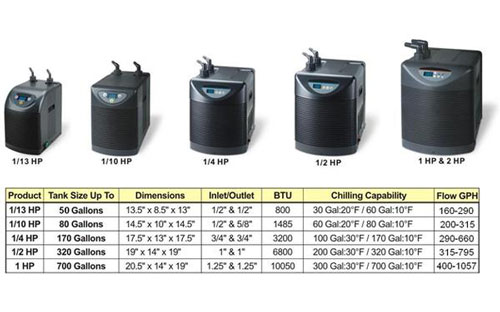
My chiller is fed off my Return Pump Manifold and the temperature in my tanks stays rock solid, year-round at 80°F with only 0.2°F fluctuation. Not bad for saying I get summers up to +35°C and winters down to –40°C.
Just be sure to keep the front filter cleaned as its surprising how quickly it can become clogged. If you filter gets clogged the internal fan will have trouble sucking in enough air to pass over the cooling element, thus reducing the cooling capability of the chiller.
If you would like to know more about correctly sizing a chiller read my article
‘What Size Chiller Do I Need For My Aquarium? ‘
How Not To Cool Your Aquarium!
Never Add Ice Cubes
Adding ice cubes will adjust the salinity of your water making it less salty. All this does is create another problem for you. If the ice cubes are also made from city water from your faucet, you now add the risk of adding phosphate, nitrates and a whole host of junk into your water.
Have a read of this article from American Scientist on what they found in city water in 45 states…
Never Add Cold Water
Adding cold water straight to your saltwater aquarium will do two things:
- Drop the salinity just like adding ice cubes
- Adding a large amount of cold water could shock your inhabitants and kill them. Remember your aquarium is all about stable parameters and Gradual Changes!
If you want to add cool water, the way you can do this is by a water change and having the new water only 1°F cooler than the aquarium. This is not going to do much unless you do a very large water change, but again this is not recommended because of rapidly changing the temperature parameter.
Never Insert Ice Bottles That Are Not Thoroughly Cleaned Externally
Do you know what bacteria and oils are on the outside of your water bottles? Do you know how clean it has been stored during its delivery to you? No one does. But adding an uncleaned and unsanitized bottle to your aquarium you could fix your temperature problem, but now you could have just introduced a bacteria that wipes out your entire tank! Just wash them and keep them for aquarium use only. It takes 5 minutes to wash half a dozen bottles!
Never Run Out Of Top Off Water
When using fans to blow across the water surface or if you have an Automatic Top-Off System installed, it is SO important to check on both your aquarium and top-off container water levels regularly!
Fans increase your evaporation rate an incredible amount and it will shock you the first time you install them at how much your aquarium water level or your ATO container drops in a day.
I have whole house AC, my life-support system is in my cool basement and I have a chiller, and my 90 gallon aquarium system still evaporates 2 gallons of freshwater every day! Year round! It’s a scary amount how much water we use on our tanks!
Every aquarium setup is different, some will evaporate less, some more. You just have to be aware that you could be getting through a 5 gallon pail of freshwater regularly.
So what does this mean? Check your aquarium and ATO container daily and keep it topped up, you never know when you may have an emergency and have to be away from home for a night or two.
Ensure you have replacement filters for your RO/DI unit. Ensure you have spare bottles of Prime De-chlorinator if you use city water. Ensure you have spare bottled water from the grocery store.
However, you make water ensure you have plenty available!
The Most Important Tip For Topping Off…
ONLY EVER TOP UP WITH FRESH WATER!!
Salt does not evaporate. Only ever replace water lost to evaporation with fresh water! Do Not Add Saltwater! You will send your salinity through the roof! Be sure to regularly (every day or two) check your salinity using a refractometer during the summer months.
You can read my article HERE on checking salinity for more information.
Upgrades
In addition to some of the tips I have mentioned above, the one upgrade I can really, really recommend is an Aquarium Controller. This single device can do so much to offload your work and stress when it comes to keeping your aquarium stable.
When you have an aquarium controller these are just SOME of the hundreds of functions it can automatically do for you:
- Monitor your water temperature and email/text you alarms if it gets too hot/cold
- Monitor your water temperature and shut off the heater if it suspects it has stuck in the on position
- Monitor your water temperature and shut off the chiller if it suspects it has stuck in the on position
- Monitor your water temperature and turn on and turn off cooling fans mentioned earlier
- Monitor your water temperature and turn off lights if the water temperature is getting too high
- Ensure that both the heater and chiller are not on at the same time, negating each other
- Controlling lights to shift their photoperiod later each day over the space of 2 weeks
This is just a small sample of these devices capabilities! I am a great fan and advocate of aquarium controllers. I am lucky, I have an electronics background so I built my own controller and I can tell you now that without it I would not be able to take the stress-free vacations that I do, let alone the daily tasks it does!
If you are interested in further information on Aquarium Controllers you can have a look Here at AquariumSpecialty.com for some great information and pricing. I can assure you that you will never regret buying an aquarium controller. I will never own an aquarium without one!
To Finish
Safely cooling your aquarium can be done with relative ease, especially if you use a couple of the tips together. Some of the options are expensive and are out of the reach of many hobbyist, but when you are planning your next aquarium upgrade (Yes, well are guilty of constantly doing this!) you now have some ideas you can look at implementing to help maintain rock solid water temperature.

